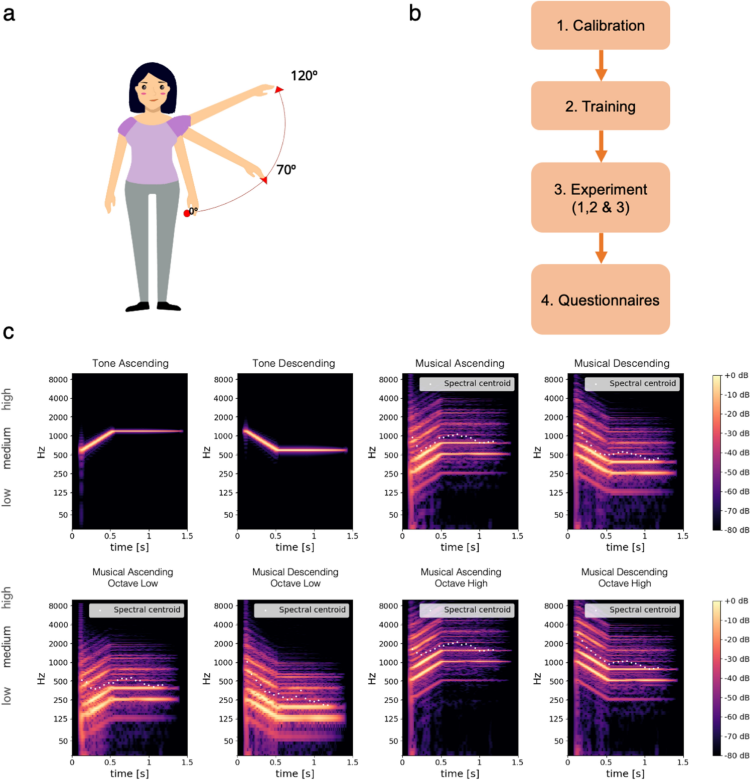Decoding “PS” in Email: Unraveling the Meaning and Etiquette

In the vast landscape of email communication, the use of acronyms and shorthand has become commonplace. Among these, “PS” stands out as a popular and versatile addition to the email lexicon. While its origin can be traced back to traditional letter writing, its role in modern emails has evolved. In this article, we will explore the multifaceted meaning of “PS” in emails, unravel its historical roots, and discuss the etiquette surrounding its use.
Historical Roots:
The abbreviation “PS” finds its roots in Latin, where it stands for “post scriptum,” meaning “written after.” In traditional letter writing, a postscript was often added to convey information that was forgotten or deemed important after the main body of the letter had been written. With the advent of electronic communication, the use of “PS” transitioned seamlessly into emails, preserving its original meaning and gaining additional nuances.
Multifaceted Meanings:
- Additional Information: In its traditional sense, “PS” in emails serves as a tool to append supplementary information that the sender may have forgotten to include in the main body of the email. This additional content is often considered important and is placed at the end of the message for emphasis.
- Highlighting Key Points: “PS” is frequently used to emphasize or highlight crucial points within an email. By placing essential information in a postscript, the sender draws the recipient’s attention to specific details that may require special consideration.
- Afterthoughts and Personal Notes: Beyond its literal meaning, “PS” has evolved to encompass afterthoughts, personal notes, or informal messages. It allows the sender to inject a touch of personality into their communication, fostering a more human connection in an otherwise formal medium.
- Humor and Wit: Some individuals use “PS” to inject a touch of humor or wit into their emails. This can range from playful remarks to clever observations, providing a lighthearted twist to the overall tone of the message.
- Call to Action: In a business context, “PS” is sometimes employed as a subtle call to action. It may prompt the recipient to take specific steps, such as responding to a query, reviewing an attachment, or considering a particular proposal.
Etiquette of Using “PS” in Emails:
- Relevance and Clarity: The primary rule when using “PS” in emails is to ensure that the postscript is relevant to the main content of the message. It should add value and clarity rather than causing confusion.
- Placement: While there are no strict rules, placing the “PS” at the end of the email is the conventional approach. This ensures that the main message is delivered before any supplementary information.
- Conciseness: A postscript should be concise and to the point. It is not an opportunity to write an additional paragraph but rather a way to succinctly convey essential information or thoughts.
- Professionalism: In formal or business emails, maintain professionalism when using “PS.” Avoid overly casual language or humor that may be misinterpreted in a professional context.
- Frequency: While “PS” can be a valuable tool, it should not be overused. Using it sparingly ensures that when it is employed, it retains its impact and significance.
Conclusion:
In the dynamic realm of email communication, understanding the nuances of abbreviations like “PS” is crucial for effective and respectful interaction. From its historical roots in traditional letter writing to its modern applications, “PS” serves a variety of purposes. By navigating the etiquette surrounding its use, individuals can leverage this acronym to enhance the clarity, emphasis, and personal touch of their emails. So, the next time you encounter a “PS” in an email, consider it a postscript that goes beyond its literal meaning, carrying a wealth of additional information, emphasis, and perhaps a touch of the sender’s personality.
-
What does “PS” stand for in email?
- “PS” stands for “post scriptum,” a Latin term that translates to “written after.” In emails, it is used to convey additional information or thoughts that come after the main body of the message.
-
Is the use of “PS” in emails outdated?
- No, the use of “PS” in emails is not outdated. While its origin lies in traditional letter writing, it has seamlessly transitioned into modern email communication, retaining its significance.
-
When should I use “PS” in an email?
- “PS” is typically used to add supplementary information, emphasize key points, share afterthoughts, or include personal notes. It should be employed when the sender wishes to draw attention to specific details.
-
Can “PS” be used for humor in emails?
- Yes, “PS” can be used for humor or wit in emails. Some individuals choose to include playful or clever remarks in the postscript, adding a lighthearted touch to the overall tone of the message.
-
Is there a specific etiquette for using “PS” in emails?
- While there are no strict rules, it’s advisable to ensure that the postscript is relevant, concise, and placed at the end of the email. In professional contexts, maintain a level of professionalism and avoid overusing “PS.”
-
Can “PS” be a call to action in emails?
- Yes, “PS” is sometimes used as a subtle call to action in business emails. It may prompt the recipient to take specific steps, such as responding to a query, reviewing an attachment, or considering a particular proposal.
-
Should I use “PS” in formal or business emails?
- Yes, “PS” can be used in formal or business emails, but it’s important to maintain professionalism. Avoid overly casual language or humor that may be inappropriate in a professional context.
-
Where should I place the “PS” in an email?
- While there are no strict rules, the conventional approach is to place the “PS” at the end of the email. This ensures that the main message is delivered before any supplementary information.
-
Can I use “PS” multiple times in one email?
- While there’s no strict limit, it’s advisable to use “PS” sparingly to retain its impact and significance. Overusing it may dilute its effectiveness.
-
Does the use of “PS” vary in different cultures?
- While the basic meaning of “PS” remains consistent, the cultural interpretation of humor or additional notes may vary. It’s essential to be mindful of cultural nuances when using “PS” in international or cross-cultural communication.





